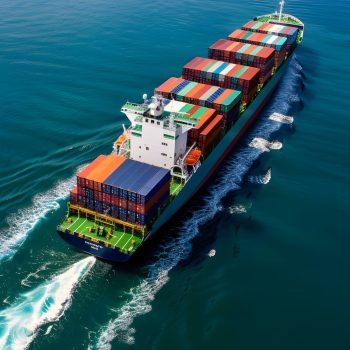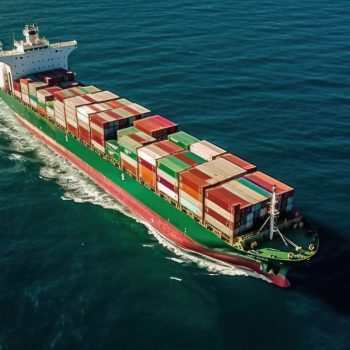
- Understand the Regulatory Scope and Updates
Starting January 1, 2024, shipping companies with vessels operating in EU ports are required to buy allowances for the carbon they emit. This update demands that shipping companies pay closer attention to their carbon footprint. It’s vital to stay informed about these regulatory changes to understand their impact on your operations. Engage with industry experts and regularly review updates from the European Commission.
- Conduct a Comprehensive Emissions Audit
Before implementing any compliance strategies, it’s essential to know your starting point. Conducting a detailed emissions audit will help identify the sources of greenhouse gas emissions within your operations. This audit should cover all aspects of your business, from fuel consumption to operational practices. Experts from companies like Ocean Opt suggest using advanced digital tools to ensure accuracy and provide a clear path forward.
- Implement Emission Reduction Strategies
Once you have a clear picture of your emissions, the next step is to reduce them. This can involve a combination of technological upgrades, such as installing energy-efficient equipment, and operational changes, like optimizing routes and improving fuel management practices. Some companies are exploring alternative fuels and propulsion methods to further cut down emissions.
- Invest in Carbon Credits
Despite best efforts to reduce emissions, it may not be possible to eliminate them entirely. This is where carbon credit comes in. By purchasing carbon credits, companies can offset their remaining emissions. It’s essential to work with reputable carbon credit providers to ensure the credits are genuine and contribute to actual emission reduction projects. Its important to avoid speculation in the volatile carbon market and focus on stable procurement strategies.
- Establish Robust Monitoring and Reporting Mechanisms
Compliance with EU ETS requires rigorous monitoring and reporting of emissions. Establishing a robust system to track emissions in real-time and generate accurate reports is crucial. This system should integrate seamlessly with your existing operations and provide transparency. Regular training for staff involved in monitoring and reporting can also enhance the accuracy and reliability of your data. Digital solutions from companies like Ocean Opt can significantly streamline these processes.
To Simplify the above, Ocean Opt advises on the below important aspects to be considered
- Digital Tools for Better Visibility: We emphasize the importance of using digital tools for managing EU ETS exposure, moving beyond traditional methods like Excel, especially for companies with multiple ships.
- Legal and Contractual Framework: Understanding who is responsible for buying allowances and recouping costs is crucial. This often involves detailed discussions around shipments and charter parties.
- Data Quality and Verification: High-quality, verified data is essential to avoid disputes and ensure accurate reporting. Real-time data management and verification processes are recommended.
- Trading Strategies: Speculation in the carbon market is not advisable. Focus on stable, predictable procurement strategies to manage financial risks effectively.
- Comprehensive Support Systems: Utilizing comprehensive digital solutions that integrate emissions tracking, reporting, and allowance trading can simplify the compliance process.
Ocean Opt can help you navigate the whole process of EU ETS from data collection to final transfer of allowance to the authorities as being your one stop solution for emissions Management needs
Speak to our experts and easily navigate your path towards
By adopting these practices and leveraging the expertise of companies like Ocean Opt, shipping companies can effectively manage their EU ETS compliance and contribute to the global reduction of greenhouse gas emissions.
